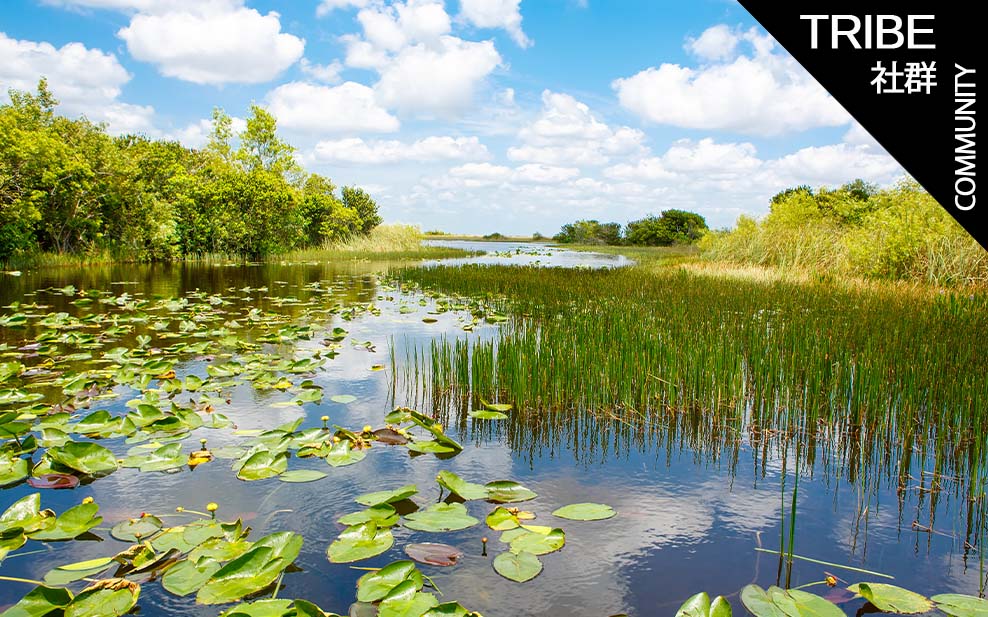
4 Important Reasons Why we need Wetlands
If you follow environmental media stories, you may have heard the recent devastating news that the wetlands of Doñana National Park –one of Spain’s most unique and important ecosystems– are now completely dry. While the record-breaking drought and heatwaves in Europe have certainly played their part, the main cause of this catastrophe has been the siphoning of water for illegal fruit farms and even hotel swimming pools, a decades-long practice that has doubled since the late 1980s while local politicians have deliberately looked the other way.
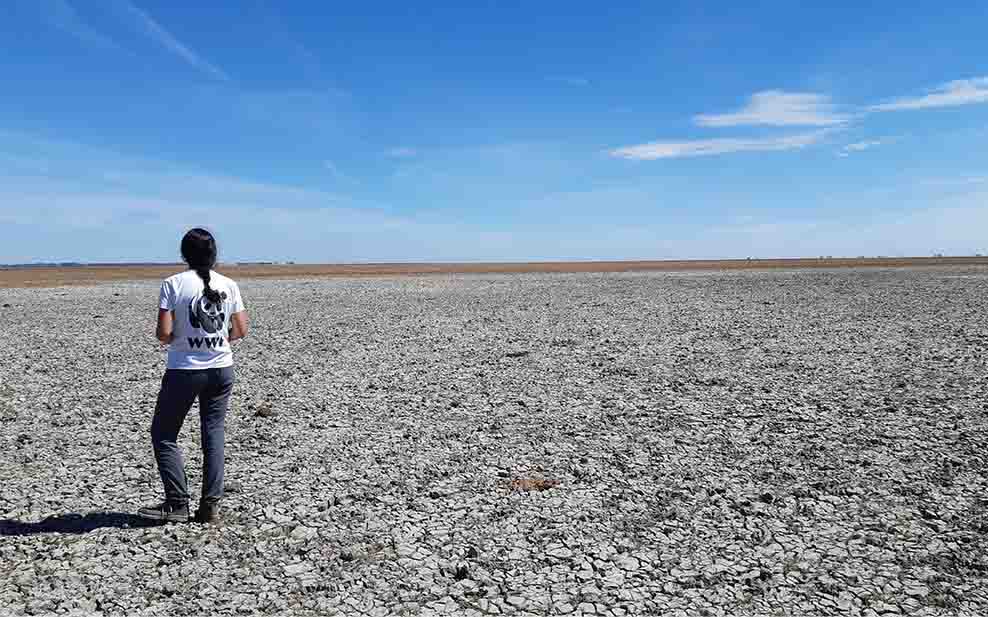
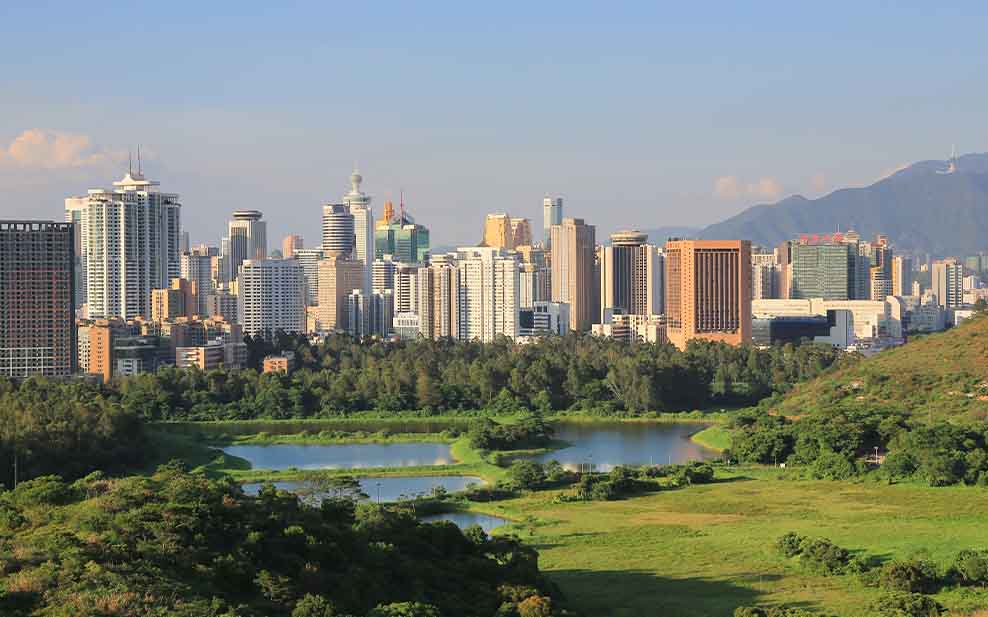
This story isn’t just a tragedy for the unique wildlife and human communities who depend on Doñana’s water for survival. It is also reflective of our historic disregard for wetlands on a global scale and our tendency to recklessly exploit or develop them. It is estimated that over half of the continental USA’s wetlands were lost between the 1750s and the 1980s. And in Hong Kong, one need only look at the ongoing battles between conservationists and property developers over Deep Bay to see how little wetlands are valued by corporations.

Our destructive relationship with wetlands has to end. In the age of accelerating nature loss, we cannot afford to lose ecosystems as biodiverse as these. Moreover, in the age of climate crisis, we also need to recognise that the services wetlands provide are worth just as much to our own long-term survival as they are to any frog, fish or waterbird.
WELL, here they are:
Carbon Sinks
Forests may get hailed as the great natural carbon sinks of the planet, but they are not the only ones we should be protecting. One of the shortcomings of terrestrial carbon sinks like forests is that most of the carbon they absorb is stored in plant roots, which only last for a short time before they die and are replaced by new ones. Because they are exposed to oxygen in the soil, they also decompose quickly and release a portion of their stored carbon back into the atmosphere.
By contrast, because wetland soils are constantly saturated, plant roots receive much less exposure to oxygen, meaning that less carbon is released through decomposition and more is stored in the soil as organic matter. Terrestrial wetlands in the USA alone are estimate to store 13.5 billion metric tonnes of carbon, while coastal mangrove swamps are estimated to store 34 million metric tonnes globally. Moreover, a recent study found that re-wetting drained wetlands –which release carbon faster due to greater oxygen exposure– could avoid more than 100 billion tonnes of carbon emissions by the end of the century.
Protection from Flooding
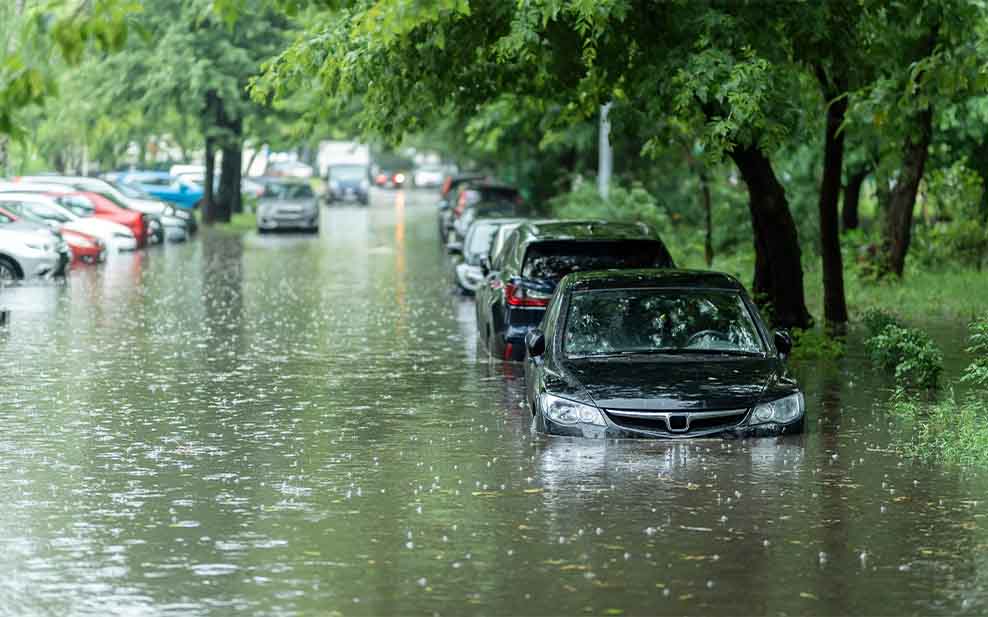
As well as tackling the root cause of the climate crisis, wetlands also help to protect us from some of its worst impacts, including (surprisingly) flooding.
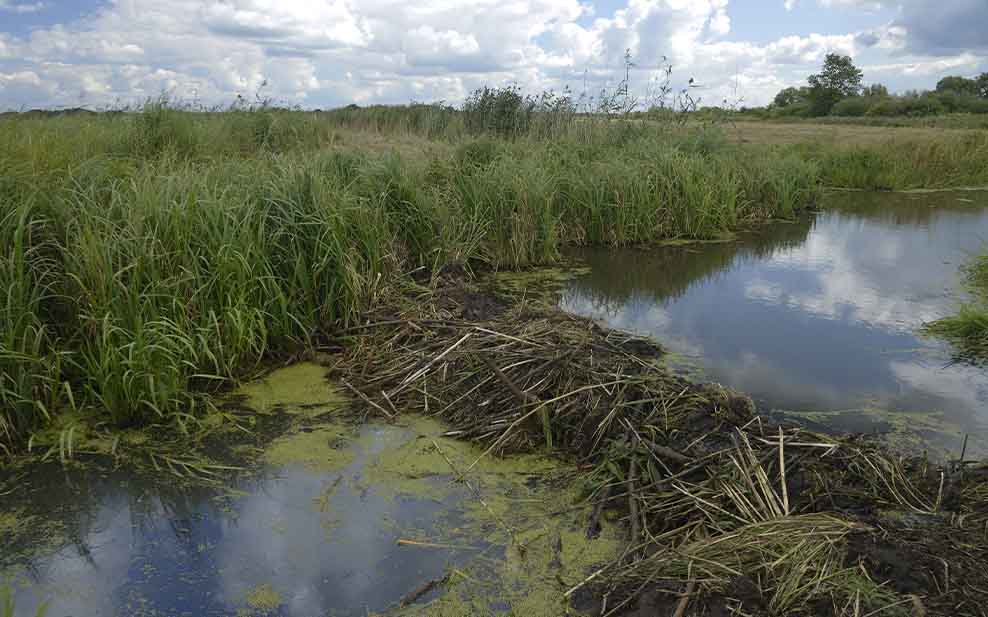
Wetland soils are often very porous, which means that they can absorb a lot of water in the spaces between soil particles. Additionally, both living wetland plants (which are specially adapted to absorb water for growth) and dead plant matter provide extra absorption and provide barriers for water flow. Taken together, this allows wetlands to slow the excess flow during heavy rainfall and store it, reducing flooding in surrounding and/or downstream areas. A study in Devon in the UK found that wetlands created by Eurasian beaver dams reduced downriver flows by 30%. Meanwhile, a study from Canada found that wetlands could reduce flooding-related expenses by 38%.
Resource Security
As the people living around Doñana are now learning the hard way, wetlands are also very important for water security. The same absorbent properties that help them to reduce flooding also allow them to retain large volumes of water, even in dry periods. Provided they aren’t artificially drained, this can make them a real lifeline in times of drought. Additionally, because the flow of water slows upon entering wetlands, any sediments and pollutants it carries sink to the bottom, making wetlands very good water filterers.

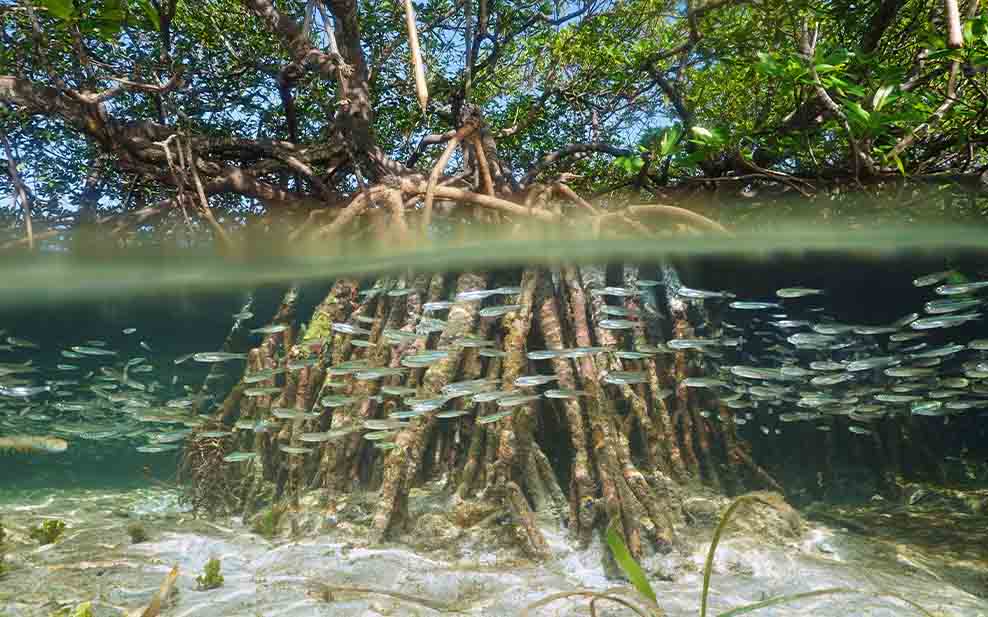
More than drinking water however, wetlands can also provide a great many other resources to humans. For the people of the Sundarbans in Bangladesh for instance, the coastal mangrove swamps provide a major source of protein in the form of seafood, and financial income in the form of honey and nipa palm. The food and economic benefits of mangrove swamps also apply to people who live outside of them too, as many commercially important fish species use them as nurseries for their young.
Protection from Hurricanes
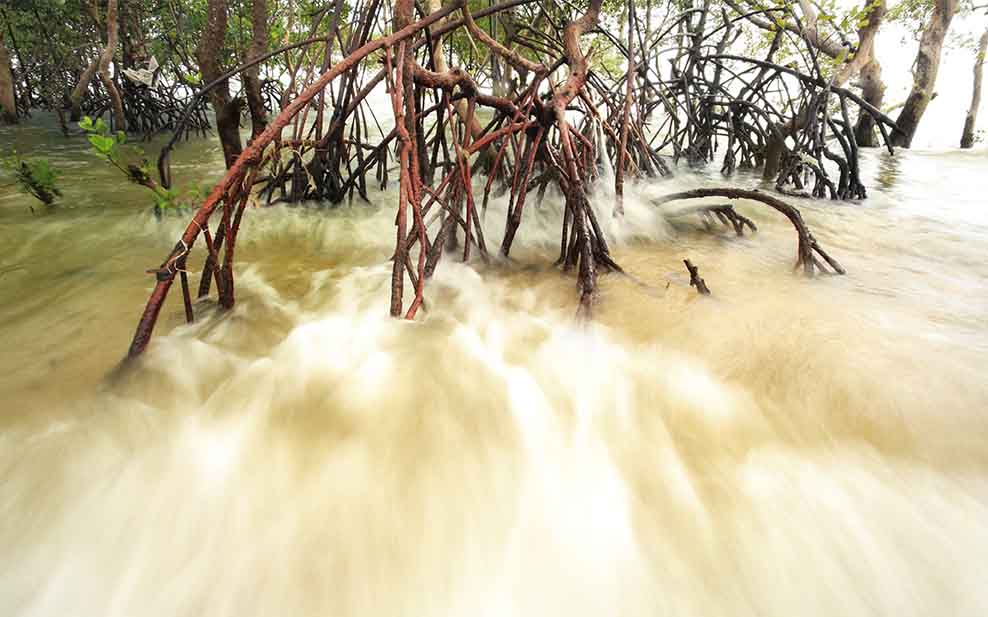
Sticking with mangrove swamps, they are also notable for protecting coastal communities from the worst impacts of hurricanes and the storm surges they create. Just as other wetland plants slow the flow of water, the roots of mangrove trees act as physical barriers to incoming storm surges, absorbing their energy and reducing the intensity with which they strike land. A study in Nicaragua found that hurricane impacts were entirely mitigated in stretches of coastline with 1 km or more of mangrove forest.
Coastal wetlands in temperate regions provide similar protection, despite not having mangrove trees. A study in the Northeast USA found that coastal wetlands like salt marshes averted US$ 625 million in damages from Hurricane Sandy regionally, while on a more local scale in Ocean County, New Jersey, they reduced annual losses from storms by 16%. As hurricanes become more frequent and intense due to climate change, the protection that wetlands provide against them will only become more vital in the future.
Written exclusively for WELL, Magazine Asia by Thomas Gomersall

Thank you for reading this article from WELL, Magazine Asia. #LifeUnfiltered.
Connect with us on social for daily news, competitions, and more.





